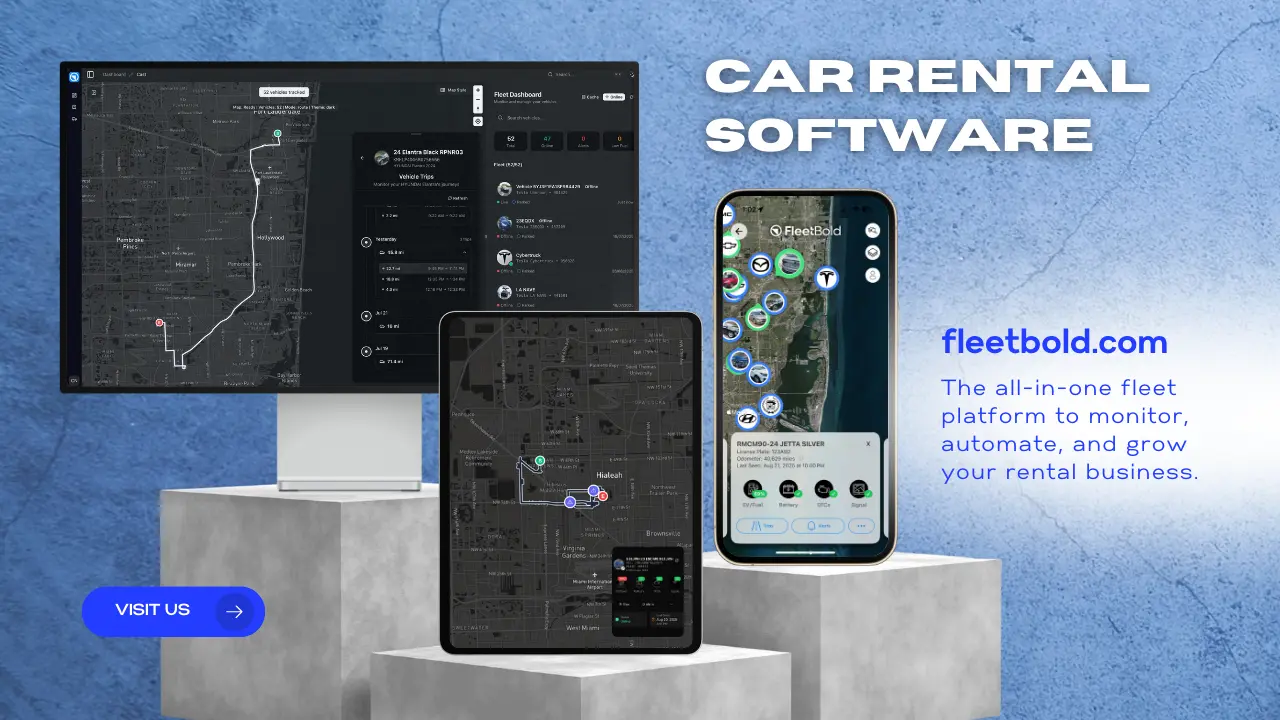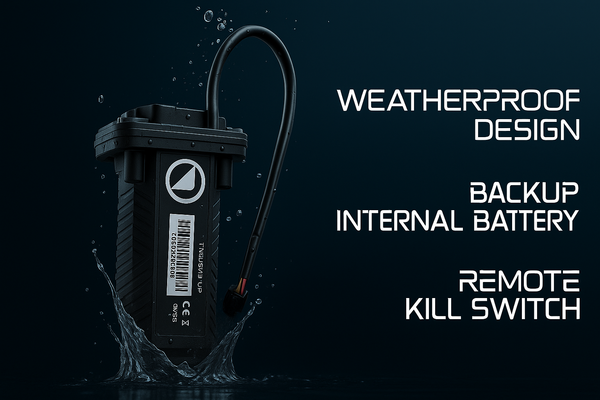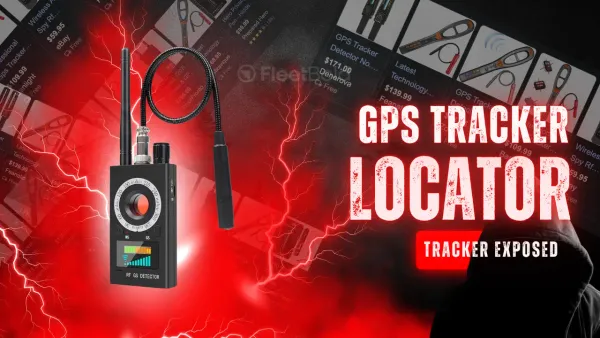Smart Lockbox for Turo Hosts and Fleet Operators (Step-by-Step Guide): Setup, Safety & Best Practices
Smart lockboxes make key handoffs simple for Turo hosts and fleets. Use rotating PINs, clear pickup steps, and full documentation, and follow Turo guidance to stay compliant. A lockbox is one layer of access control, not an anti theft solution.
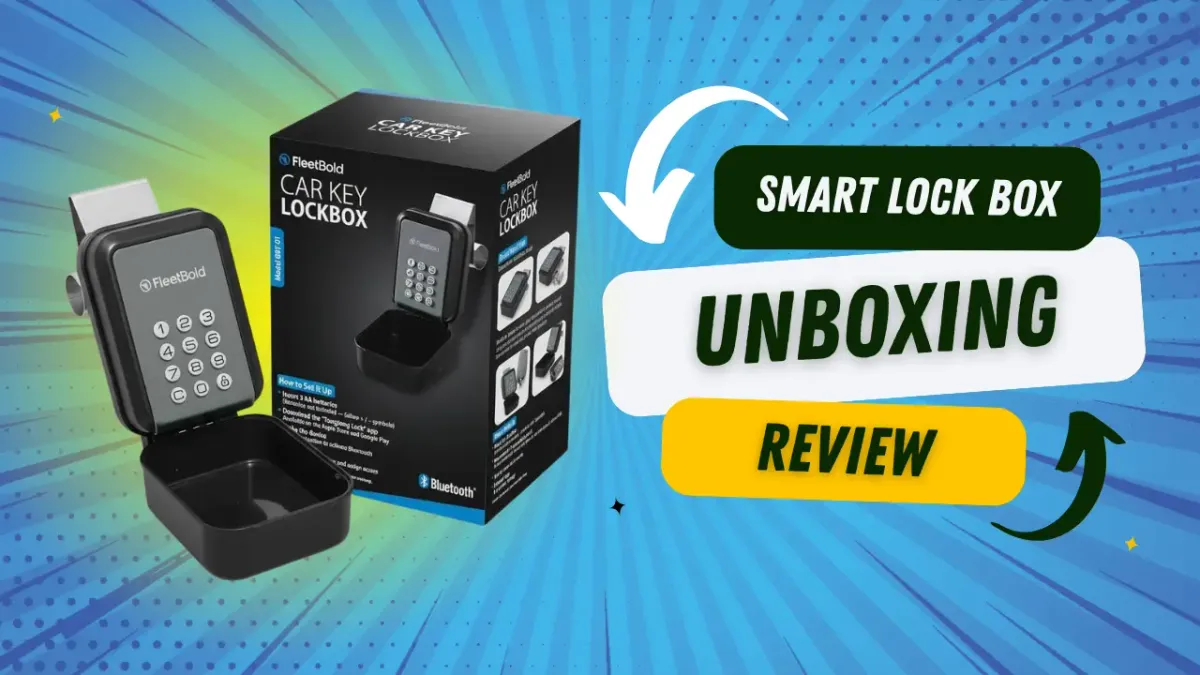
Smart lockboxes let you hand off keys without meeting in person. You create a time-bound code in the app, your guest retrieves the key during the pickup window, and you keep a clean access record. When used with proper check-in steps and evidence, this workflow is efficient, scalable, and easy to train for teams.
A quick reminder about security. A GPS unit or a lockbox does not stop theft by itself. Real protection comes from layered practices such as good lighting, cameras where allowed, strict remote check-in, and fast response when something looks off.
Video walkthrough
See a Bluetooth smart lockbox in action with pairing, code creation, and mounting
Watch on YouTube starting at 0:01
What a smart lockbox actually does
✓ Stores the physical key safely
✓ Shares access with PIN or Bluetooth through an app
✓ Creates a timestamped access log for your records
✓ Reduces scheduling friction for pickups and returns
✓ Scales to many vehicles with consistent procedures
Compliance comes first
Follow your platform policy for remote check-ins and checkouts. Verify identity, collect the required photos, and keep your evidence. Send pickup instructions only after the check-in steps are complete inside platform messaging. This protects your operation and speeds up any support process later.
Tesla hosts
For Teslas, FleetBold includes Guest Key Access inside the app. You can create temporary digital keys for guests, often removing the need for a physical lockbox while keeping access logs and control.
Best practices that actually work
✓ Use time-limited codes per booking
✓ Keep the box in a discreet and secure spot
✓ Check battery status in the app on a schedule
✓ Keep pickup instructions clear and simple
✓ Store pre-trip and post-trip photos in a safe place
Common pitfalls to avoid
• One permanent code used for many guests
• Sharing one box between multiple cars without clear labels
• Skipping pre-trip photos and ID verification
• Leaving the box visible in high-traffic areas
• Forgetting to clear old codes after early returns
Mounting and location tips
• Choose a discreet mounting point that is sturdy and weather aware
• Do not place the box where it attracts attention unnecessarily
• Respect property rules and signage
• Test code entry at the real pickup spot before sending instructions
Comparison table
A quick look at where a smart lockbox shines compared to other methods.
| Method | Best for | Main advantages | Tradeoffs |
|---|---|---|---|
| Smart Lockbox Bluetooth GBT-01 | Remote handoffs without staff onsite | Time-bound codes, app logs, quick setup, scalable for fleets | Physical key exists, placement must be discreet |
| Tesla Guest Key via FleetBold | Tesla vehicles without a physical key handoff | No key to hide, precise access control, full logs | Requires Tesla connectivity and app pairing by the guest |
| In-person handoff | High-touch situations or special cases | Visual inspection live, instruct guests directly | Requires scheduling and travel time |
| Hidden key at property or with staff | Small operations in private locations | Simple logistics if the area is controlled | Higher risk, poor audit trail, not recommended for public areas |
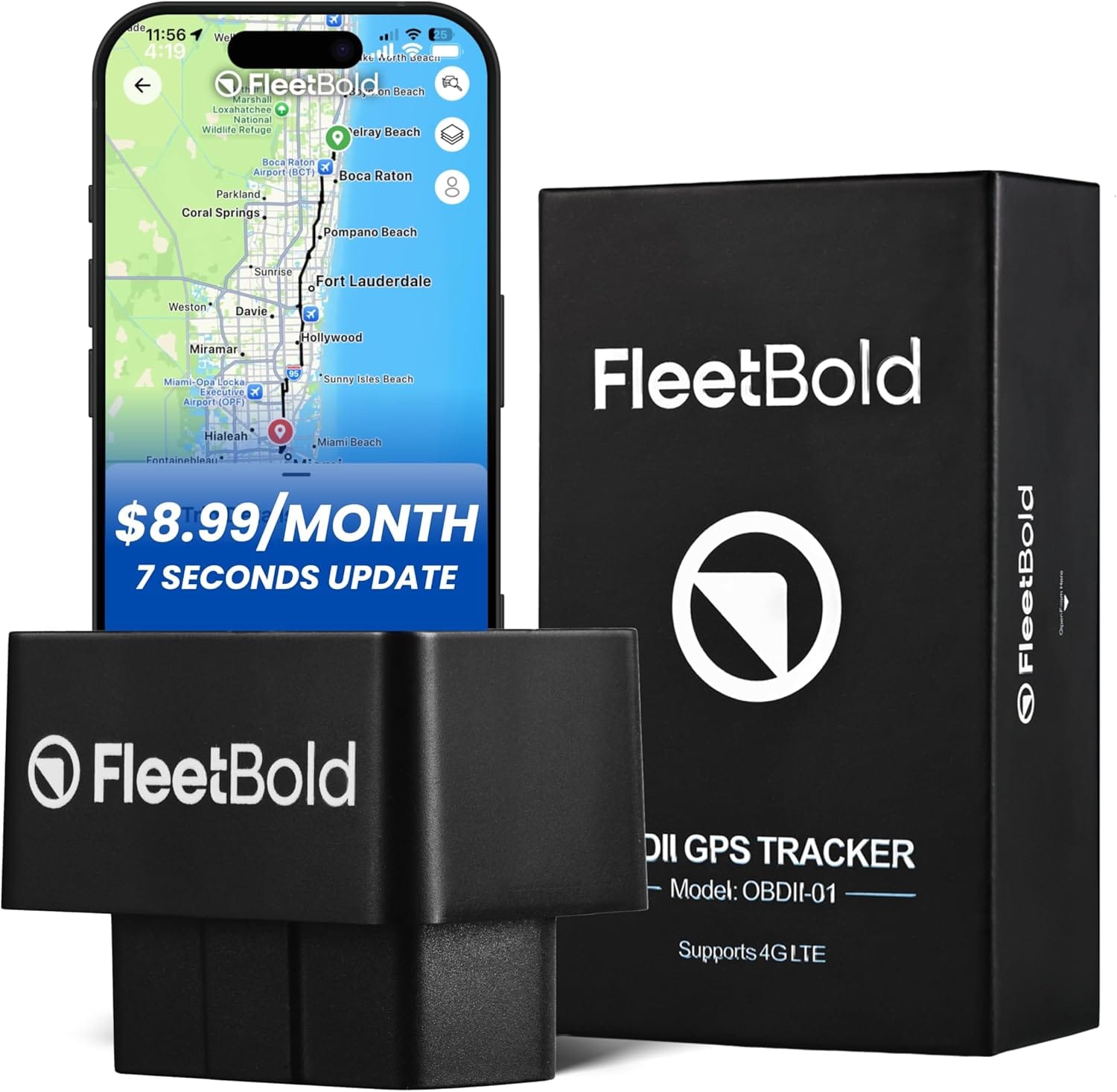
GPS Tracker for Vehicles OBD2 4G Real-Time Tracking -$8.99/month-
For Vehicles, Cars, Sedan, Trucks, Turo Hosts, Car Rentals & Fleet Operators, Plug&Play, Geo-Fence, Trip History, Smart Alerts. Global Coverage
A simple, reliable lockbox flow
- Prep the car and complete remote check-in per policy
- Assign the lockbox to the vehicle in the app and set a time-limited code for the pickup window
- Send pickup instructions through platform messaging once check-in steps are complete
- The guest retrieves the key during the active window and the app records access automatically
- The code expires on its own after the pickup window
- For the return, create a new time-limited code for the drop-off window and share the return steps
- Take post-trip photos, confirm key drop in the app log, and close the trip
Real security is layered
Treat the lockbox as one piece of a broader plan
• Lighting and cameras where allowed
• Strong documentation every time
• Clear escalation steps for issues
• Prompt action when signals look off
FAQ
Is a smart lockbox allowed for remote handoffs
Yes, lockboxes are commonly used for remote handoffs. Follow the platform check-in and checkout steps, verify identity, and store your photos and logs.
How often should I change the code
Use a unique time-limited code for each booking. Expiring codes reduce risk and keep your audit trail clean.
Where should I place the lockbox
In a discreet, secure location that guests can find with your instructions, but that does not draw attention. Avoid obvious window mounts in busy public areas.
What if the guest cannot open the box
Confirm the check-in steps are completed, verify the active time window, resend the code, and confirm Bluetooth if the model supports it. Check battery status in the app.
Does a smart lockbox prevent theft
No. It improves access control and record keeping. Use it with lighting, cameras where allowed, strict procedures, and fast follow-up when something is off.
I manage Teslas. Do I still need a lockbox
Often no. FleetBold Guest Key can create temporary digital keys for guests. Many Tesla hosts use this instead of a physical key handoff.
How do I scale this to many cars
Standardize naming, code scheduling, and messaging templates. Audit code expiration weekly. Train your team on a single pickup and return script.
Conclusion
A smart lockbox saves time and builds a clean access trail for your fleet. Use expiring codes per booking, keep the unit discreet, follow check-in and checkout policies, and document every step. For Teslas, consider FleetBold Guest Key to remove the physical key from the process. Real protection comes from layers, not from one device.
